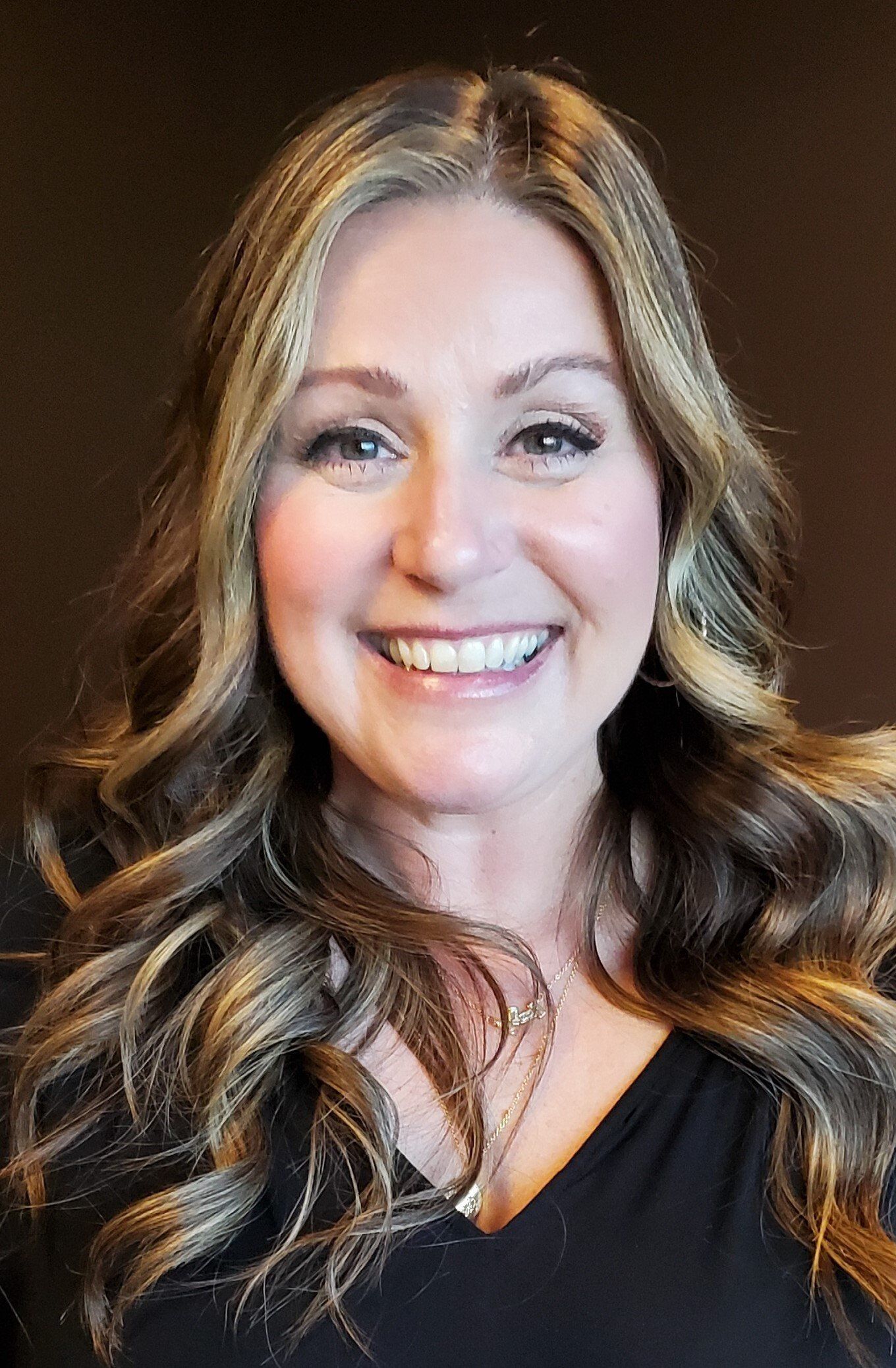Tax Free First Home Savings Account

Canada’s new tax-free First Home Savings Account kicks in April 1. Here’s what you need to know
The dream of home ownership may be a just little closer this year for Canadians, with the introduction of a new tax-free first home savings account. The new Tax-Free First Home Savings Account (FHSA) rolls out April 1, 2023 with the intention of helping Canadians save towards their first home.
Home affordability in Canada has been a significant challenge for first-time buyers. The high cost of housing in major cities, combined with low inventory levels and increased demand, has led to a surge in home prices. This has made it difficult for first-time buyers to save enough for a down payment, let alone afford a mortgage.
The pandemic has further exacerbated the situation, with many Canadians experiencing job losses or reduced income. As a result, the dream of owning a home has become increasingly out of reach for many young Canadians, and policymakers are grappling with solutions to make housing more affordable.
Enter the Tax-Free First Home Savings Account (FHSA)
Part of the Liberal government’s 2022 federal budget proposal tackled the ever-growing issue of home affordability. They’ve introduced a new way to save up to $40,000 for your first home, tax-free, called the Tax-Free First Home Savings Account (FHSA).
You can open your new Tax-Free First Home Savings Account from April 1, 2023 and it will allow Canadians who are at least 18 to save up to $40,000 for their first home.
If eligible, you can contribute up to $8,000 each year to the account but you have to use these funds within 15 years of first opening an FHSA or before you turn 71 (whichever is earlier), otherwise the account would have to be closed.
What are the benefits of the Tax-Free First Home Savings Account (FHSA)?
This new account is a great way to save for your homebuying goals because you don’t pay a tax bill on gains from these savings. For example, if you save $40,000, invest that amount, and gain $20,000 on your investment, you’ll now have $60,000 to put towards your house purchase as the $20,000 would be essentially tax-free. Similar to a Registered Retirement Savings Plan (RRSP), which gives you tax-deduction perks, and a Tax-Free Savings Account (TFSA), as your investments grow, they are not taxed. This means that the money you put in and earn in this account goes towards the down payment of your first home.
Who is eligible for the Tax-Free First Home Savings Account (FHSA)?
So, who can use the new account? There are three important components to qualify for this investment vehicle.
- You need to be a resident of Canada
- You have to be at least 18 years of age (or the age of majority in your province or territory)
- You or your spouse can’t own a home in which you lived, at any time in the year the account is opened or during the previous four calendar years
Am I eligible for the FHSA if my spouse is a homeowner but I’m not?
You are not eligible for the FHSA if your spouse’s property has been your principal place of residence in the current year or in the last four years.
However, if you separate and don’t live in that residence for at least four years and don’t purchase another property yourself, you’re then eligible to open an FHSA.
However, if you no longer have a spouse who’s an owner and you have not owned your main place of residence yourself for more than 4 years, you’re then eligible to open an FHSA.
How long do I have to buy my first property with the Tax-Free First Home Savings Account?
You’re allowed to hold an FHSA for 15 years or until age 71. This means that you have until December 31 of the year in which you either reach the 15th anniversary of your account opening or turn 70 to use your FHSA to purchase your first property.
Your FHSA must be closed by December 31 of the year following the date of your first qualifying withdrawal.
What do I do with unused money in my FHSA?
Suppose you bought a property, but still have money left over in your FHSA. If you still have money in your FHSA at the time of closing, several options are open to you:
- Make a tax-free direct transfer to an RRSP or RRIF without affecting your RRSP contribution room.
- Withdraw the money, which is subject to tax withholding, and deposit it into a daily chequing account. You could also reinvest it in a TFSA, for example.
What’s the difference between the FHSA and HBP?
You may already be familiar with the HBP Home Buyers Plan, which is a Canadian government program that allows first-time homebuyers to withdraw up to $35,000 from their registered retirement savings plan (RRSP) to use as a down payment on their first home. HBP is also designed to help Canadians enter the housing market by providing them with tax-free funds to put towards the purchase of their first home. However, there are key difference between the newly-introduced FHSA and the HBP.
FHSA (tax-free first home savings account)
The Tax-Free First Home Savings Account is a new registered account that provides tax-free savings for first-time home buyers.
- No repayment required
- No withdrawal limit
- Maximum annual contributions of $8,000 and a lifetime total of $40,000
- No minimum holding period required for contributions to be deductible and eligible for withdrawal
- The deadline for contributions to a FHSA is December 31 of each year
HBP (Home Buyer’s Plan)
The Home Buyers’ Plan (HBP) is a program that allows you to withdraw funds from your RRSP to buy or build a first home.
- Repayment required
- Withdrawal limit of $35,000
- Maximum annual contributions of the RRSP, which is 18% of your previous year’s income or the current fixed contribution limit
- The money must be deposited into your RRSP 90 days before you withdraw it under the HBP
- Deadline for RRSP contributions: 60 days after the end of the year
Can I combine the FHSA and HBP?
Yes, you can combine the FHSA with the HBP. In addition to making a withdrawal from your FHSA for the purchase or construction of a first home, you can also draw up to $35,000 from your RRSP under the HBP program. Are you a couple? You can each combine your respective FHSA accounts with an HBP withdrawal to maximize your down payment.
This article was originally published on Deeded.ca here.





